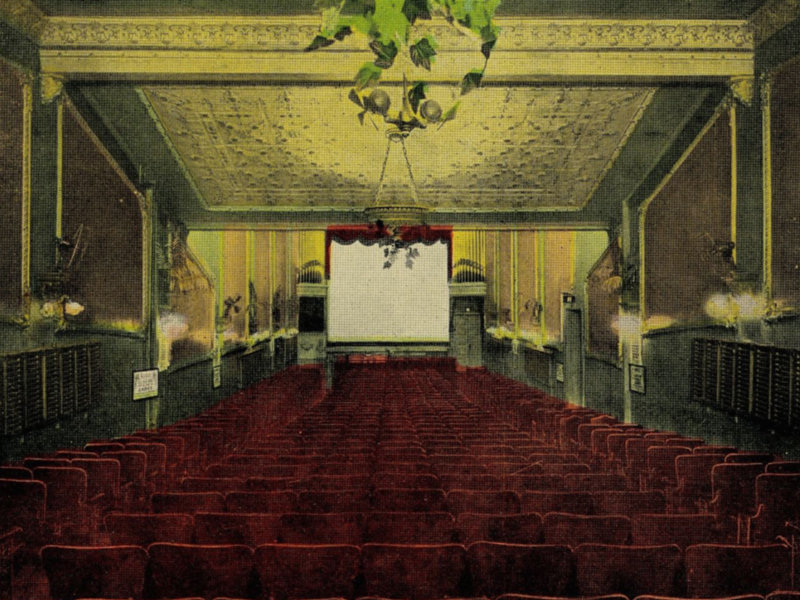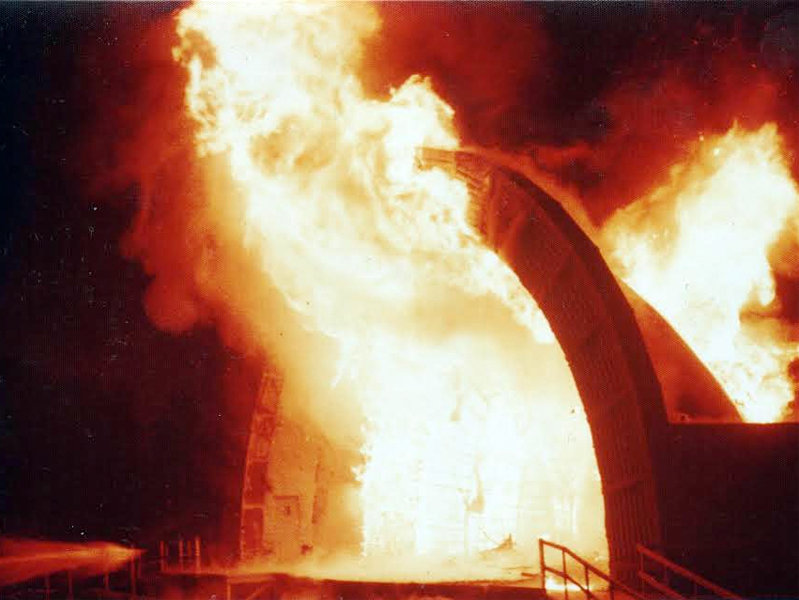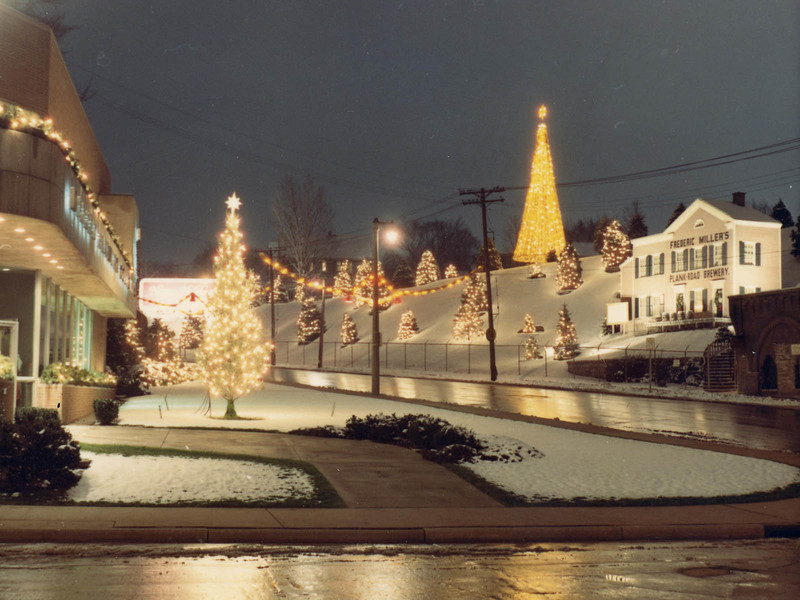This article first appeared in 2018.
Movie theaters are one of those third places – away from work, away from home; a true escape – where many of us grew up.
We saw our favorite films (and surely some duds, too) there as kids, we perhaps shared our first kisses there as teens (in the balcony!) and we treasure memories from these places as adults.
Here is a look at nine classic Milwaukee movie houses, all closed (one of them maybe only temporarily):
The American
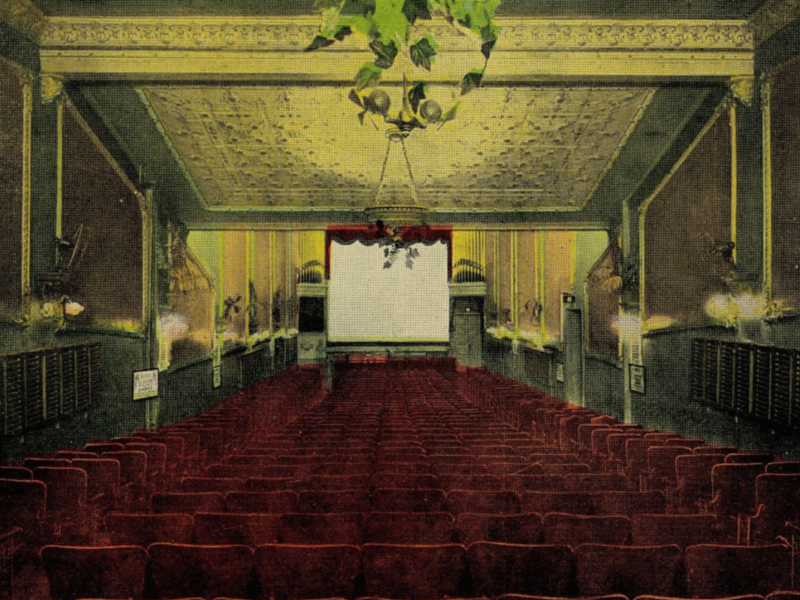
There was a time when Downtown Milwaukee had tons of theaters. There were theaters next door to theaters, across the street from more theaters. Third Street was one street that was especially well-represented in terms of cinemas, including The American at what is now 742 N. Milwaukee St. It operated there in a building designed by Kirchhoff & Rose, from 1910 to 1924. Outside, notes Larry Widen in his book "Silver Screens," it was emblazoned with "gaudy, colorful advertising," but inside it was classy and regal.
The Butterfly
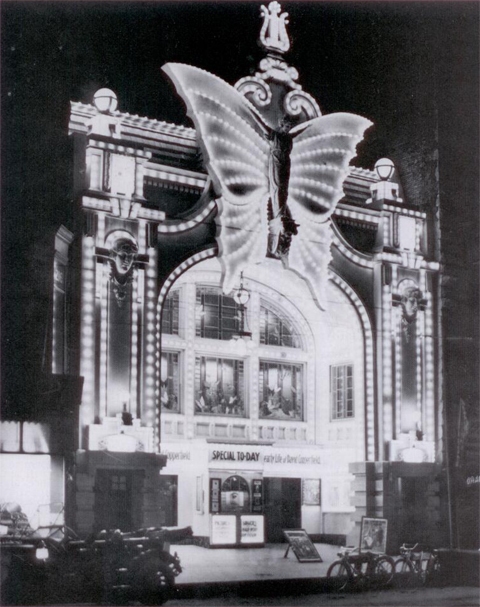 (PHOTO: Courtesy Larry Widen)
(PHOTO: Courtesy Larry Widen)
Surely the most instantly recognizable theater in Milwaukee history was the Butterfly, with its giant winged illuminated sign out front. Located at what is now 212 W. Wisconsin Ave., the Butterfly opened in 1911 and closed and was demolished in 1930 to make way for the Warner (later The Centre and The Grand) Theater. It was renowned for the caged canaries chirping away in the lobby. Interestingly, the Butterfly was constructed on land that had been home to a pair of nickelodeon theaters.
The Lyric

(PHOTO: Courtesy Larry Widen)
Not to be confused with the Lyric that was on 3rd and Wisconsin, or the Lyric in South Milwaukee (1909-11), this is the Lyric at 3804 W. Vliet St. This theater operated in a building designed by architect John Menge Jr., from 1917 until 1952 and it's where legendary nightclub entertainer Hildegarde Sell got her start. You can read an in-depth look at the Lyric – including a peek inside the building, which still stands – here.
The Majestic
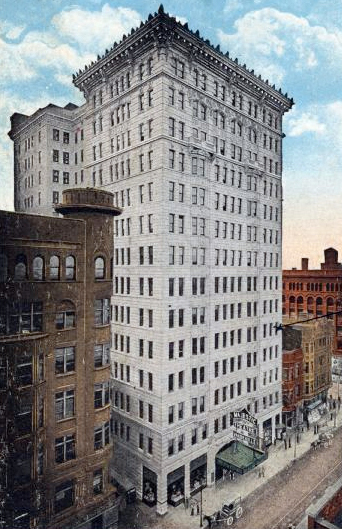
This is one that has always intrigued me. The building still stands and was integrated somewhat into the Grand Avenue Mall development in the early 1980s. It's a stunning structure, designed by Kirchhoff and Rose, and the old Majestic Theatre has now long housed a Walgreens. Upstairs, the office space has been converted to residential units. The theater, which operated from 1908 until 1932 – showing films and hosting live vaudeville performances – was large, with 1,902 seats.
The Princess

(PHOTO: Courtesy Larry Widen)
Those of us who remember the Princess likely only really remember its latter years, when it focused on, ahem, adult pictures, though folks "of a certain age," might recall earlier, more glorious times for this 900-seat theater, which opened on the east side of 3rd Street, between Wells and Wisconsin, in 1909. During the early '60s it apparently had a secret entrance to and from the Brass Rail nightclub next door. The theater closed in 1984 and was torn down soon after.
The State
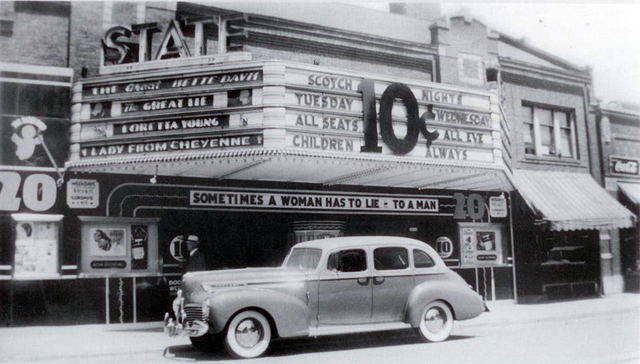
(PHOTO: Courtesy Larry Widen)
The State was a neighborhood theater – there were many scattered all around the city – owned by Warner Brothers. Later it was a social club and then the Electric Ballroom and The Palms nightclubs, and a strip joint. You can read an in-depth story about its history, including a look around the inside before last year’s fire here.
The Tosa
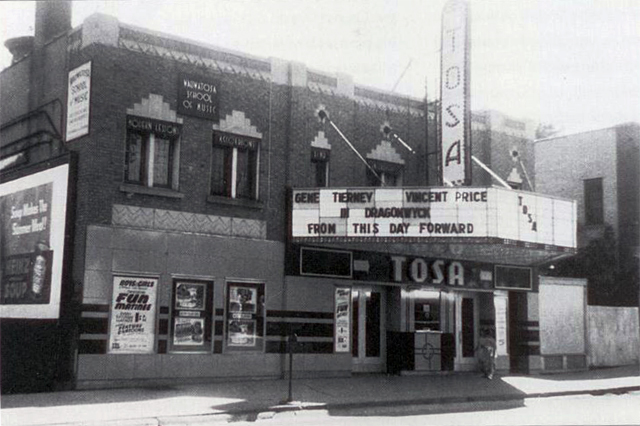
(PHOTO: Courtesy Larry Widen)
The Tosa is the only theater included here that still shows motion pictures. It was erected at 6823 W. North Ave., in Wauwatosa, in 1931 as a 560-seat cinema – one of the last built during the Depression-tainted 1930s. In 1940, Ben Marcus bought the Tosa and The Times, marking the entry of Marcus Theatres into the Milwaukee market. The rest, as they say, is history. These days, the theater is home to the Rosebud Cinema Drafthouse, which has been closed since the beginning of the COVID-19 pandemic and may reopen.
The Tower

(PHOTO: Courtesy Larry Widen)
The Tower was a grand movie palace, designed by the architects who drew The Oriental Theatre, right around the same time. The building still stands and the theater and its lobby are more or less intact. You can see for yourself in this more in-depth history of the theater, on 27th and Wells, which includes photos taken inside recently.
The Wisconsin and The Palace
 (PHOTO: Postcard courtesy OldMilwaukee.net)
(PHOTO: Postcard courtesy OldMilwaukee.net)
In this postcard we can see what the two eastern corners of the intersection of 6th and Wisconsin looked like in the 1920s. On the left is the grand Wisconsin Theater, which stood until the late 1980s and had seating for more than 3,200. Designed by Rapp & Rapp (who also designed the Grand Warner), it was palatial, though at the end it showed X-rated films and didn't have a stellar reputation. Though it hardly looks possible from this image, the Palace (Orpheum) across the street, which operated from 1915 until 1974 could accommodate just short of 2,500 in its Kirchhoff & Rose-designed theater. Sadly, darn near everything you can see in this photo – as far as the eye can see (with a precious exceptions) – is long gone.
Born in Brooklyn, N.Y., where he lived until he was 17, Bobby received his BA-Mass Communications from UWM in 1989 and has lived in Walker's Point, Bay View, Enderis Park, South Milwaukee and on the East Side.
He has published three non-fiction books in Italy – including one about an event in Milwaukee history, which was published in the U.S. in autumn 2010. Four more books, all about Milwaukee, have been published by The History Press.
With his most recent band, The Yell Leaders, Bobby released four LPs and had a songs featured in episodes of TV's "Party of Five" and "Dawson's Creek," and films in Japan, South America and the U.S. The Yell Leaders were named the best unsigned band in their region by VH-1 as part of its Rock Across America 1998 Tour. Most recently, the band contributed tracks to a UK vinyl/CD tribute to the Redskins and collaborated on a track with Italian novelist Enrico Remmert.
He's produced three installments of the "OMCD" series of local music compilations for OnMilwaukee.com and in 2007 produced a CD of Italian music and poetry.
In 2005, he was awarded the City of Asti's (Italy) Journalism Prize for his work focusing on that area. He has also won awards from the Milwaukee Press Club.
He has be heard on 88Nine Radio Milwaukee talking about his "Urban Spelunking" series of stories, in that station's most popular podcast.

